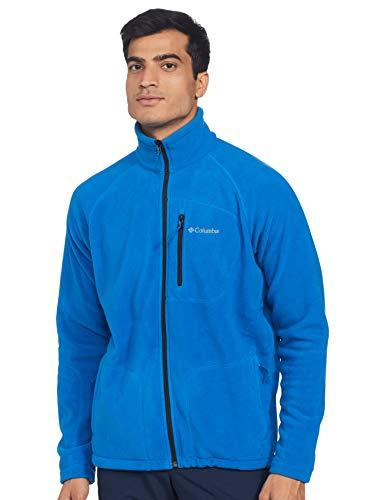What weight for a fleece jacket? —ridepark
There are several types of fleece jackets that are suitable for different uses. In the mountains, on hikes, for skiing or for walking. They do not all offer the same comfort or even the same insulation against the cold.
It is therefore important to understand what are the different fleece jackets available on the market and target the use you want to make of them.
- 1. The different types of fleece jackets
- Fleece Weight Categories
- Lightweight fleeces (100g/m²)
- Intermediate fleeces (200g/m²)
- Thick fleeces (300g/m² or higher)
- 2. Weight according to your practice
The different types of fleece jackets
Most fleece manufacturers establish categories based on a scale from the Polartec brand. This scale ranging from 100 to 300, the higher the number, the more it offers improved insulation.
Fleece Weight Categories
- Lightweight fleece: 100g/m²
- Intermediate fleece: 200g/m²
- Thick fleece: 300g/m²
Lightweight fleeces (100g/m²)
Lightweight fleeces are thin and light. They are very comfortable and are easily forgotten by the featherweight and their great breathability. But since they are so light, they protect less from the cold, because the density of the textile is not important enough.

The lightweight fleece is suitable for exercise in medium/cool temperatures, or as a base layer under a windproof ski jacket. You obviously have to adapt and estimate which fleece you will need depending on the weather of the day. It is sometimes very difficult to make the right choice. If you tend to sweat easily, opt for a lightweight fleece.
Intermediate fleeces (200g/m²)
The intermediate or medium fleece is a good compromise between lightness and warmth. It can be used in most contexts while remaining comfortable and can also be used as an underlayer under a ski jacket.
It therefore offers a good compromise and can be used in a large number of situations.
If you only want to invest in one type of fleece, this is definitely the one for you. Because you can use it for different activities, all year round and not just in the mountains or in the ski resort.
Thick fleeces (300g/m² or higher)
Thick fleeces can be used alone, without an overlayer even in cold weather (but not wet).
Heavyweight fleece provides unrivaled warmth compared to lightweight and mid-weight fleeces. Be careful though, this thermal insulation has a disadvantage: the fleece is logically heavier and less comfortable for making big, fast movements.
It will hardly fit under a windproof jacket (hardshell type). But it is still possible.
Weight according to your practice
If you are going to practice a sport or an activity that requires large and repeated movements, it is better to go for a light or intermediate fleece. The thick fleece is likely to bulk you up and perhaps even promote perspiration.
Sweating is absolutely to be avoided. Indeed the accumulated humidity cools your body, and the fleece loses all its interest.
If you practice a sport with static phases (such as chairlift skiing), an intermediate fleece seems to be the right choice, provided that it is not too hot or not too cold. The weather is a difficult parameter to estimate, so we must constantly remain vigilant. And if possible change polar according to the temperature.
The best down jackets & fleece jackets








